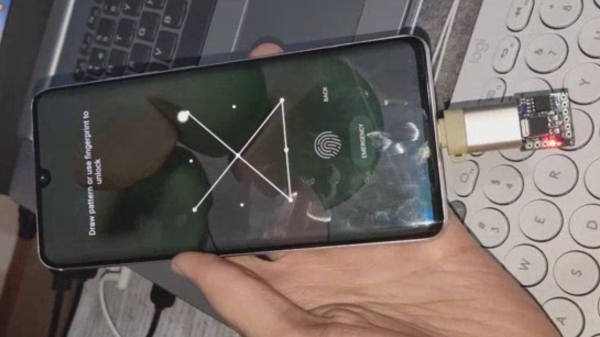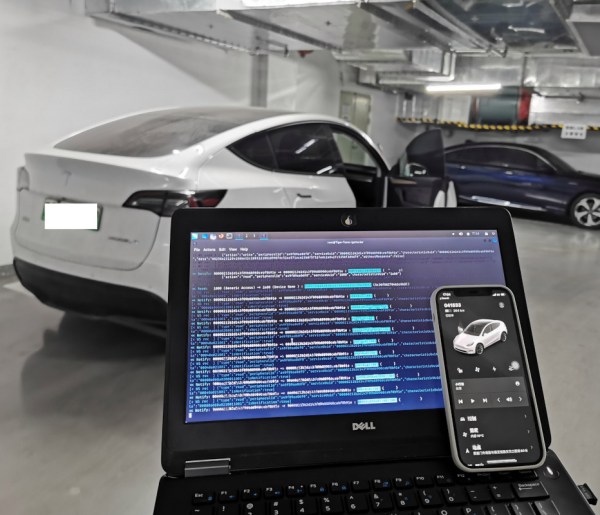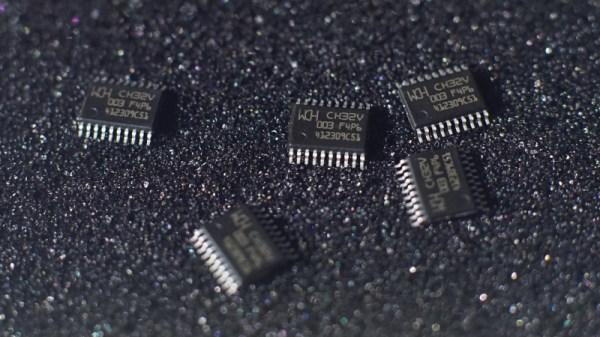If you grew up in a snowy climate, chances are you’ve ridden a sled or toboggan when you were young. The downhill part of sledding is great fun, but dragging the thing back up gets boring quickly. [Luis Marx] had been dreaming of sledding uphill since he was a child, and decided to make his dream come true by building himself a motorized sled (video, in German, embedded below).
 The sled is powered by two DC electric motors driving a continuous track, like a rudimentary snowmobile. The motors were originally designed for electric bikes, and can develop 30 newton-meters of torque each. [Luis] designed and 3D-printed a custom set of drive wheels to link the track to the bike motors. Two motor controllers enable basic speed control, while a beefy battery carries enough juice for multiple trips up and down a slope.
The sled is powered by two DC electric motors driving a continuous track, like a rudimentary snowmobile. The motors were originally designed for electric bikes, and can develop 30 newton-meters of torque each. [Luis] designed and 3D-printed a custom set of drive wheels to link the track to the bike motors. Two motor controllers enable basic speed control, while a beefy battery carries enough juice for multiple trips up and down a slope.
The motorized track is mounted on a clever frame that can swing up or down and is held in place by two spring-loaded pins. This way, you can simply lift the system off the snow when you’re ready to slide downhil, and swing it down again when you want the sled to do the pulling.
With winter nearing its end, the snow near [Luis]’s home in southern Germany was too soft to get much traction, but subsequent tests in a ski resort up in the Alps showed the system working perfectly. It even had enough traction to pull a second sled behind it. Perhaps some proper suspension could make it go faster on the downhill run, too.
Continue reading “Never Walk Uphill Again With This Motorized Sled”


















